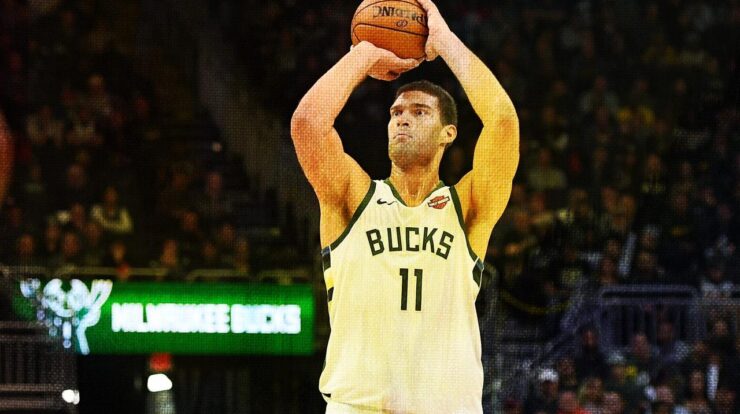
Wrap meaning unravels a tapestry of multifaceted interpretations, from its fundamental essence of enclosing to its modern applications in art and design. This intricate term weaves together diverse contexts, cultural significance, and innovative uses, inviting us to explore its enigmatic nature.
At its core, ‘wrap’ denotes the act of covering or enclosing something, as seen in gift wrapping, food packaging, and medical dressings. However, its meaning extends beyond mere protection, delving into the realm of personal comfort and cultural expression.
Wrap: Meaning and Significance
Wrap, a versatile term, encompasses various meanings related to covering, enclosing, and enveloping. It finds applications in everyday life, cultural practices, and modern industries.
Defining ‘Wrap’, Wrap meaning
The core meaning of ‘wrap’ lies in the act of covering or enclosing something. It can refer to wrapping an object with paper, cloth, or any other material to protect or conceal it.
In the context of clothing, ‘wrap’ describes the act of covering oneself with garments. Blankets and shawls are also commonly referred to as wraps.
Wrapping Techniques and Methods
Wrapping techniques vary depending on the purpose and material used. Gift wrapping involves wrapping presents with decorative paper and ribbons. Food packaging requires specific wrapping methods to ensure freshness and safety.
Medical applications of wrapping include bandaging wounds and applying compression dressings.
Cultural Significance of Wrapping
Wrapping holds cultural significance in many societies worldwide. In religious ceremonies, offerings are often wrapped in sacred cloths. Traditional practices involve wrapping newborns or brides in special garments.
Wrapping also serves as a means of artistic expression, with artists using wrapped objects to create unique and meaningful works.
Modern Applications of Wrapping
Modern industries utilize wrapping for packaging, construction, and design. Packaging wraps protect products during transportation and storage.
In construction, wrapping materials provide insulation and protection from the elements. Design applications include using wraps as decorative elements in furniture and interiors.
Creative Uses of Wrapping
Wrapping finds creative expression in art, fashion, and home décor. Artists incorporate wrapped objects into installations and sculptures.
Fashion designers use wrapping techniques to create innovative garments. Home décor enthusiasts employ wrapping to transform everyday objects into unique and visually appealing pieces.
Epilogue

From the meticulous techniques of gift wrapping to the artistic transformations of everyday objects, ‘wrap’ continues to captivate and inspire. Its cultural significance and modern applications underscore its enduring relevance, showcasing the boundless possibilities of this seemingly simple yet profoundly versatile term.
Common Queries: Wrap Meaning
What are some common wrapping techniques?
Gift wrapping, food packaging, medical dressings, insulation, and artistic expression are all examples of common wrapping techniques.
How does wrapping play a role in different cultures?
Wrapping holds cultural significance in religious ceremonies, traditional practices, and artistic expressions, conveying cultural identity and symbolism.
What are some creative uses of wrapping?
Artists incorporate wrapping into their work, transforming everyday objects into unique and visually appealing pieces, showcasing its potential for creativity and innovation.





